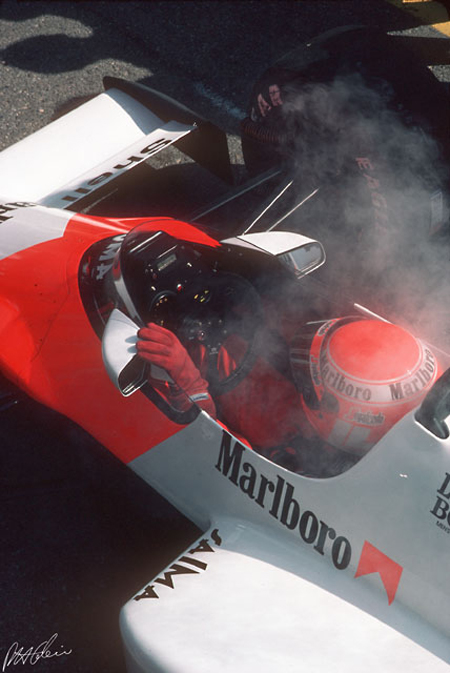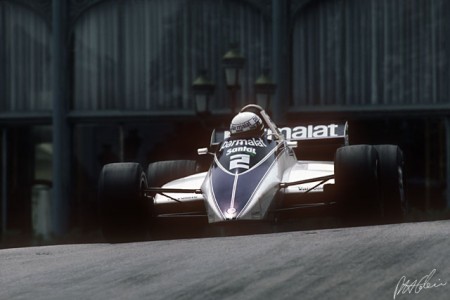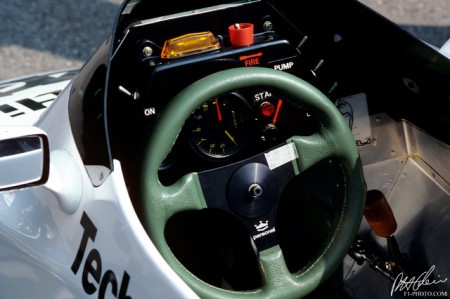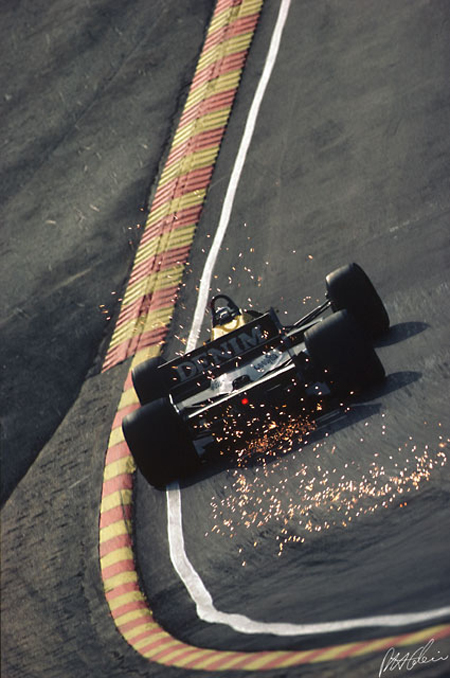Paris/Dakar
As busy as we are recording & preparing for the Tycho shows coming up, Dakar is celebrating it’s birthday this week and I didn’t want to miss out. Here is some great imagery captured in the 34 years since the rally raid’s inception.
As busy as we are recording & preparing for the Tycho shows coming up, Dakar is celebrating it’s birthday this week and I didn’t want to miss out. Here is some great imagery captured in the 34 years since the rally raid’s inception.
Starting in 1966, Can-Am was an idealistic series conceived by the SCCA and its Canadian counterpart, CASC. Running under FIA Group 7 rules, it was as open as a series could get, essentially a formula libre format with the chassis weight and horsepower being, for all intents and purposes, unlimited. If the the tires weren’t exposed and it had 2 seats, you could race it. It was popular among drivers and enthusiasts, the likes of Keke Rosberg, Gilles Villeneuve, and even Paul Newman being regulars at the meets.
While this format led to some interesting technological developments and some truly oddball designs, it also opened the door to the inevitable: 1,000+HP engines bolted to cars that proved to be as unsafe as they were powerful. Lola & McLaren dominated the front 9 of the first era, the latter half saw the introduction and subsequent perfection of the Porsche 917, which nearly spelled the end of the series as they were unbeatable by non-works sponsored teams.
Some notable offspring of the early Can-Am years included heavy experimentation with aerodynamics and downforce, particularly Jim Hall’s Chaparral cars. The 2J, or “sucker car” [seen above in b&w bearing the number 66] used a series of skirts and a small 2 stroke engine which powered 2 fans aft of the vehicle. This combination of parts cobbled together [on what I feel is one of the ugliest race cars ever produced] created a unique type of ground effect, one which didn’t require moving air over the car, meaning that downforce in excess of 1.5g could be accomplished at any speed. When it was actually working, it qualified 2 seconds faster than the closest car, and was quickly banned.
The late 1970’s saw the waning series combined with then thriving Formula 5000 category, allowing teams to convert single-seat, open wheeled tubs into closed-wheel sports cars. While less popular in the long run, it encouraged many more teams to compete and led to a truly unique chapter of motorsport, as well as some really good looking cars. This modest resurgence continued until the dominance IMSA/Camel & CART took over as the format of choice in the 80’s.
Building a fast car is expensive. Title sponsors pay large sums in sponsorship fees to display their brand prominently on a race car, and their brand esthetic usually dictates the color scheme applied to the rest of the vehicle. Some people lamented the arrival of decal-infested machines, but I’ve always been fascinated with how a creative paint job can make a some of these objects much more memorable.
In this first series, I’ve featured one of motorsport’s oldest title sponsors, Martini & Rossi.
-Rory







Just watched the documentary on Ayrton Senna (great film) and I’m really digging the whole F1 aesthetic. These images are from The Cahier Archive, a father and son team that has covered the Formula One Championship from the 1950s to the present.
It’s interesting to see how the sport has changed over the years but my favorite decade has to be the 80s. Check out the previous post on the Porsche 917 for more vintage racing goodness.

Love vaulted ceilings, love skylights, love plenty of angles. Is this a home or a cabin? Not sure of the details on this, if anyone has any info let me know in the comments. Obviously a few things could have been handled with a bit more restraint (never been a huge fan of oak), but overall it’s a great feel. If some crazy design comes off the wall and turns into a bed, you really can’t complain much. $20 says there’s a matching Porsche parked out front with perforated leather driving gloves in the console. Seems to be some variant of the Marcel Breuer Wassily Chair in the foreground, name that couch.
Whenever I see setups like this I always wonder who lived in them, did they actually get much use out of the place? Wonder what it looks like now….probably totally gutted and replaced with stock art fake paintings and plastic floral arrangements everywhere.
Update: Via Fisker in the comments “The picture is from the book ‘Decorative Art 70s’ published by Taschen